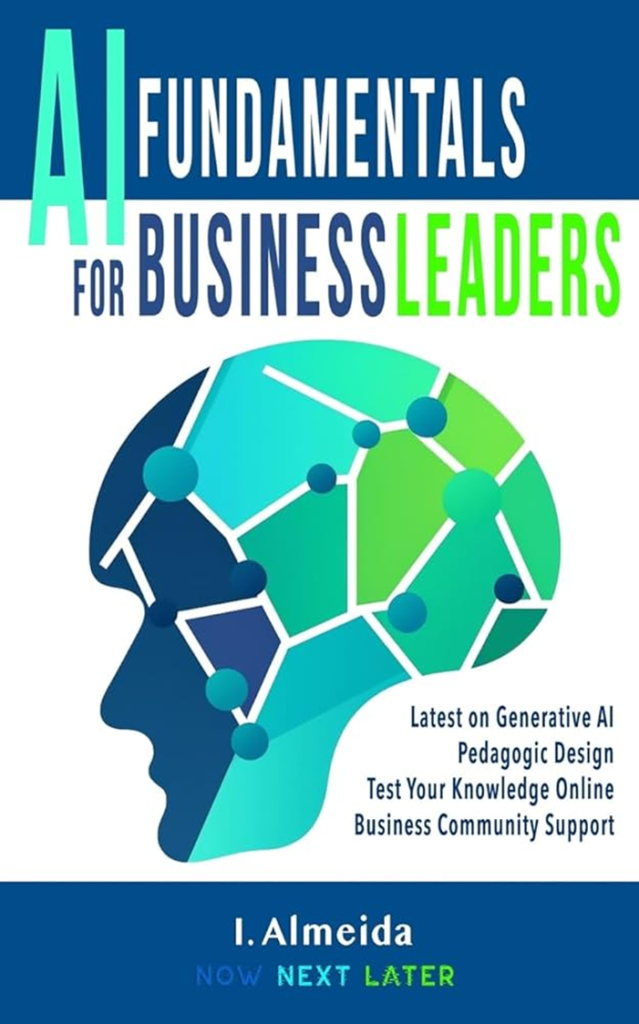Unlocking the Potential of Generative AI: 5 Must-Read Books for Enthusiasts
As technology continues to advance, the realm of Artificial Intelligence (AI) is expanding and diversifying into various subfields, with Generative AI at the forefront. GenAI, the fusion of creativity and AI, is poised to revolutionize industries worldwide. With the GenAI sector projected to grow into a $1.3 trillion industry by 2032, there is a wealth of knowledge waiting within the pages of exclusive books for aspiring professionals seeking to carve a niche in this transformative field.

1. The Artificial Intelligence and Generative AI Bible

2. Artificial Intelligence Fundamentals for Business Leaders

3. Demystifying Prompt Engineering
AI Prompts at Your Fingertips (A Step-By-Step Guide)” by Harish Bhat (Rating: 4.5)

Harish Bhat’s essential guide is perfect for mastering AI communication. It breaks down complex AI interactions into manageable parts, covering fundamental prompt-writing attributes and advanced techniques. Real-world insights and practical exercises offer hands-on learning, making it a must-read for professionals seeking an edge in AI communication.
4. Ripples of Generative AI: How Generative AI Impacts, Informs and Transforms Our Lives”

5. Generative Deep Learning: Teaching Machines to Paint, Write, Compose, and Play”










